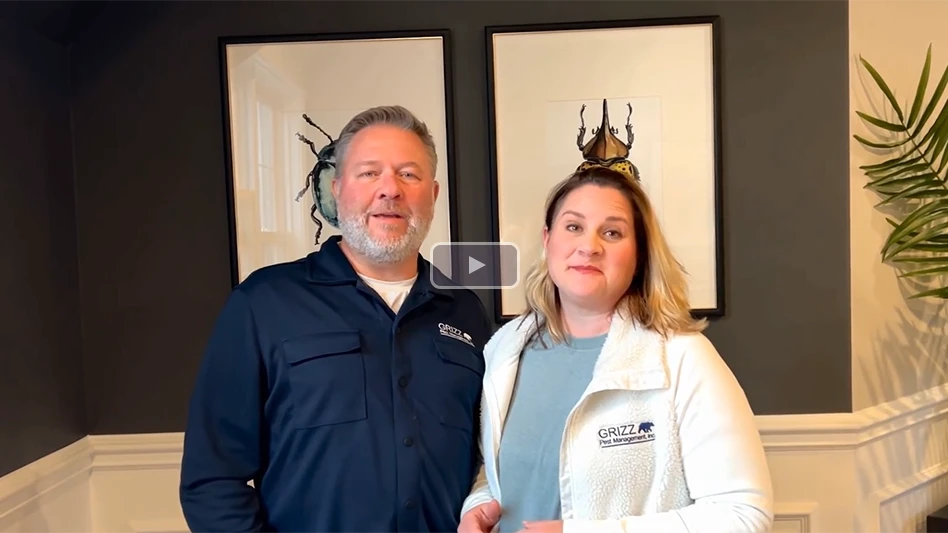No to Carbon-Copy Clones
In May PCT, there was a letter titled "Reality TV Stars Don’t Represent Me" (BackTalk, page 12). In this letter the author, Tom Brennan, proceeds to extol the necessity for pest control professionals to be dressed in shirt, tie and be clean shaven. Suggesting that anything less was unprofessional and detrimental to the industry led me to believe that we all need to fall in line like carbon-copy clones. Further down the letter he states:
"I am appalled the Billy Brethertons of the world are the ones selected to represent my industry to the public...one way in which Bretherton poisons the image of our industry is his appearance."
(For those of you who don’t know who Billy Bretherton is, he’s the owner of Vexcon located in Louisiana and is the "star" of the A&E show Billy the Exterminator.)
After that rant Brennan recalls a mantra: "To be seen as a professional you must look like a professional."
The question is, "What is professional?" Must we continue to be so narrow-minded that being considered professional has to defined by the way we look? When did we accept the way a man or a woman looks as the measuring stick for professionalism? Shouldn’t professional be relative to the type of work that you do? I don’t want my roofers showing up in a suit, nor would I want my lawyer to show up in swimming trunks. And personally, I would hate to have to enter a crawlspace wearing a freshly pressed white shirt with tie.
Prior to my current job I applied at a pest management company and during the interview process something seemed off so I had to politely stop the man conducting the interview and ask, "Is something wrong?" to which he hesitantly and very slowly said, "Yes…your hair."
Needless to say I expected that, what I didn’t expect was his reason. This potential employer told me that my long hair would "scare the elderly customers." Upon hearing that I was slightly amused, but more surprised at this individual’s preconceived notions about long hair and his unwillingness to evolve his thinking by realizing that the exterior isn’t the sole factor in determining the professionalism of someone. (Why isn’t appearance a minor factor while things like attitude, work ethic and customer relation skills the major factors in determining someone’s professionalism?)
I have heard that you get one chance to make a first impression. This is true. But I also have heard to never judge a book by its cover. Besides, if you set out to impress someone then aren’t you setting yourself up for failure in the long run — all because you have to maintain that version of yourself that you portrayed? Isn’t it easier to just be real, to be open, honest and transparent?
It’s my hope that we evolve our thinking thereby seeing that the importance of a man or woman is found in more than just what they look like. One’s professional image is comprised of more than the professional clothing that they wear. Though appearance is important, it’s the heart, the mind and the effort of the individual that either connects them or separates them from the professional industry they strive to serve.
Jason Hess
Commercial Applicator
Tomlinson Exterminating Service
Gloucester, Va.
*****
Awesome April
When I took my April edition of PCT home to catch up on my reading I was blown away. It was so well done with so many important issues being addressed. Your team is really reporting a wide range of newsworthy material for our industry. Thanks so very much for all you do.
Linda Prentice
Associate Certified Entomologist
Bug Out Service
Jacksonville, Fla.

Explore the July 2010 Issue
Check out more from this issue and find your next story to read.
Latest from Pest Control Technology
- MGK Announces EPA Registration of Botanical Active Ingredient Veratrine
- Termite Control Sales Strategies
- NPMA Announces ELP Class of 2025
- Termite Control Tools and Equipment for PMPs
- Choe Reviews Drywood Termite Geographical Hotspots, Latest Research Findings
- Mosquito Squad Announces Rebranding to Mosquito Squad Plus
- Pest Control Equipment: If it’s Critical, Back it Up!
- In Memoriam: Marybeth Wonson





